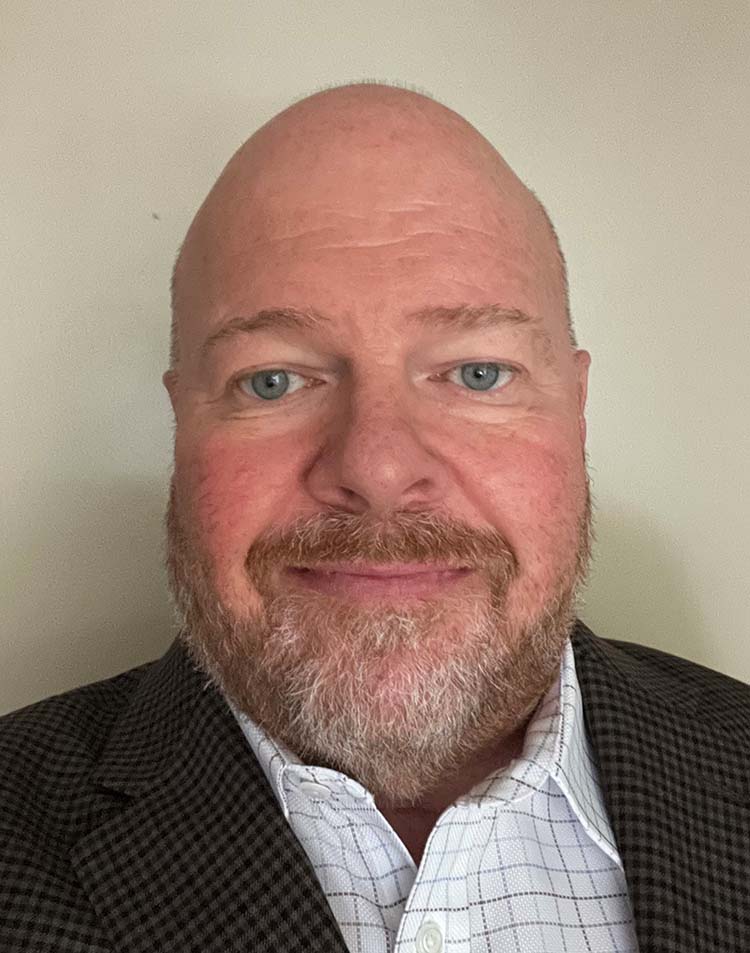I am Dave Daum, the Sr. Director of Health, Safety, Security and Environmental for Summit Carbon Solutions. I am a Certified Safety Professional and have worked in heavy construction, pipeline and energy businesses for the past 30 years in an effort to manage risk and protect people and the environment we live in. Safety and environmental management are two of my passions and why I am writing to you today.

The Department of Energy's (DOE) recent announcement of a "Responsible Carbon Management Initiative" has brought renewed attention to carbon capture and storage technologies. As the Biden-Harris Administration seeks ways to reduce emissions and achieve climate goals, carbon management becomes an essential part of the equation. The initiative, outlined in the Federal Register, outlines principles for community engagement, water quality, safety, and more.
As the world’s largest proposed carbon capture, transport, and storage project, Summit Carbon Solutions is already leading the way in adhering to the DOE's proposed best practices, especially in tribal outreach and safety. Summit has demonstrated that it is possible to engage in large-scale carbon management while maintaining a strong commitment to safety, environmental stewardship, and community engagement.
Summit has worked closely with tribal leaders in the region to ensure that their interests are taken into account. This engagement has included extended one-on-more and group meetings with tribal governments, listening sessions with tribal officers, and the inclusion of tribal representatives in project planning and decision-making processes, as well as the work of traditional cultural specialists and technical personnel in the environmental work on the project. Summit has endeavored to set a new standard for good tribal outreach by ensuring that the project respects and aligns with Tribes’ cultural, environmental, and economic priorities.
Safety is another cornerstone of Summit's operations. The company employs state-of-the-art technologies and protocols to ensure the highest levels of safety in carbon capture, transportation, and storage. Summit is investing in robust monitoring and leak detection systems, and all of its facilities and infrastructure are designed to minimize the risk of accidents and environmental impacts. Moreover, Summit is establishing an emergency response plan that involves local first responders, law enforcement, and regulatory agencies to ensure that in the unlikely event of an incident, we are prepared to swiftly and effectively respond. That includes tribal emergency personnel and law enforcement comprehensively, including in training opportunities.
Summit has shown that carbon management projects can be implemented with the highest levels of safety and community engagement. As the DOE seeks to encourage responsible carbon management, Summit shows how these principles can be successfully applied. The Responsible Carbon Management Initiative recognizes the importance of including all stakeholders in carbon management projects, especially those from vulnerable communities.
While the debate on the best approach to address the climate crisis continues, projects like Summit demonstrate that responsible carbon management is possible and that, as here, it can be an essential part of the solution—the equivalent of taking 3.9 million cars off the road annually in Summit’s case—with compromising safety or community concerns at all. As the DOE finalizes its principles and resources for responsible carbon management, Summit serves as an example of how these principles can be put into practice to achieve significant climate and societal benefits.
Help us defend tribal sovereignty.
At Native News Online, our mission is rooted in telling the stories that strengthen sovereignty and uplift Indigenous voices — not just at year’s end, but every single day.
Because of your generosity last year, we were able to keep our reporters on the ground in tribal communities, at national gatherings and in the halls of Congress — covering the issues that matter most to Indian Country: sovereignty, culture, education, health and economic opportunity.
That support sustained us through a tough year in 2025. Now, as we look to the year ahead, we need your help right now to ensure warrior journalism remains strong — reporting that defends tribal sovereignty, amplifies Native truth, and holds power accountable.
 The stakes couldn't be higher. Your support keeps Native voices heard, Native stories told and Native sovereignty defended.
The stakes couldn't be higher. Your support keeps Native voices heard, Native stories told and Native sovereignty defended.
Stand with Warrior Journalism today.
Levi Rickert (Potawatomi), Editor & Publisher
